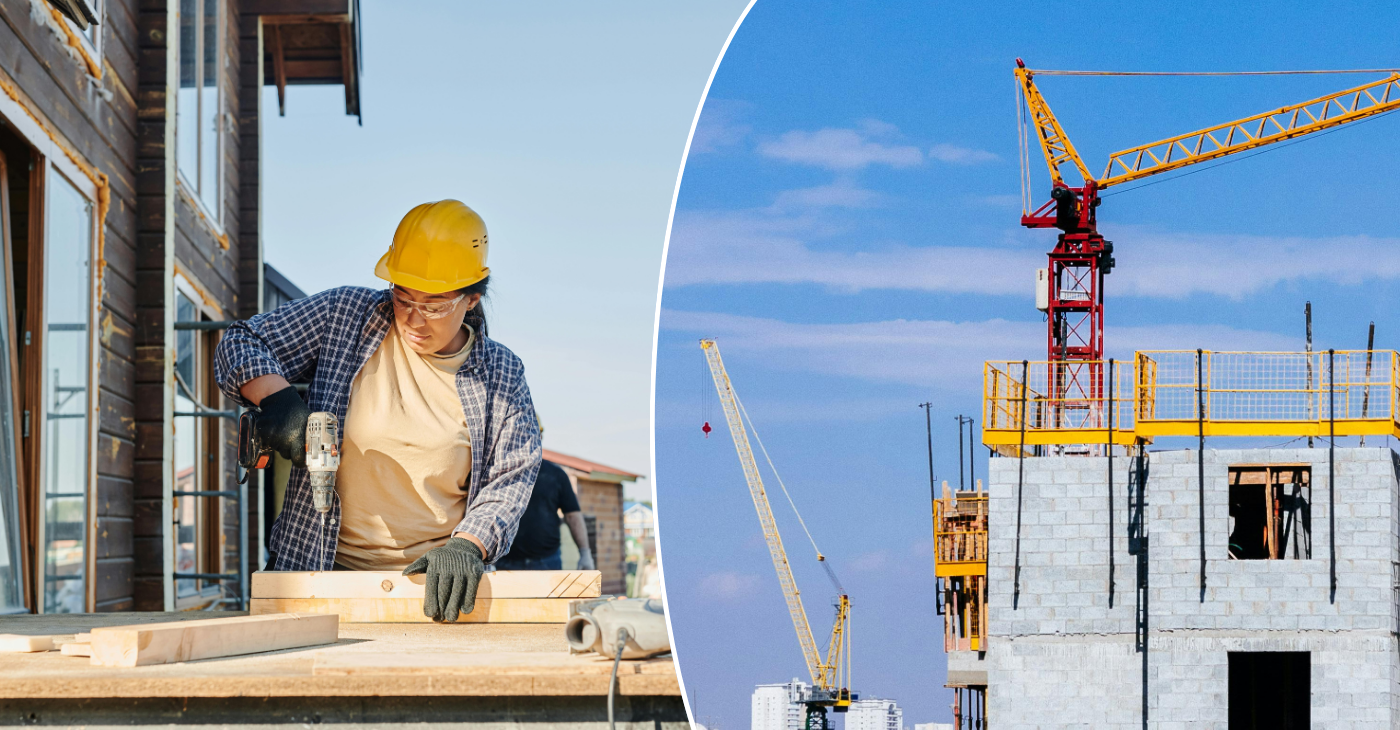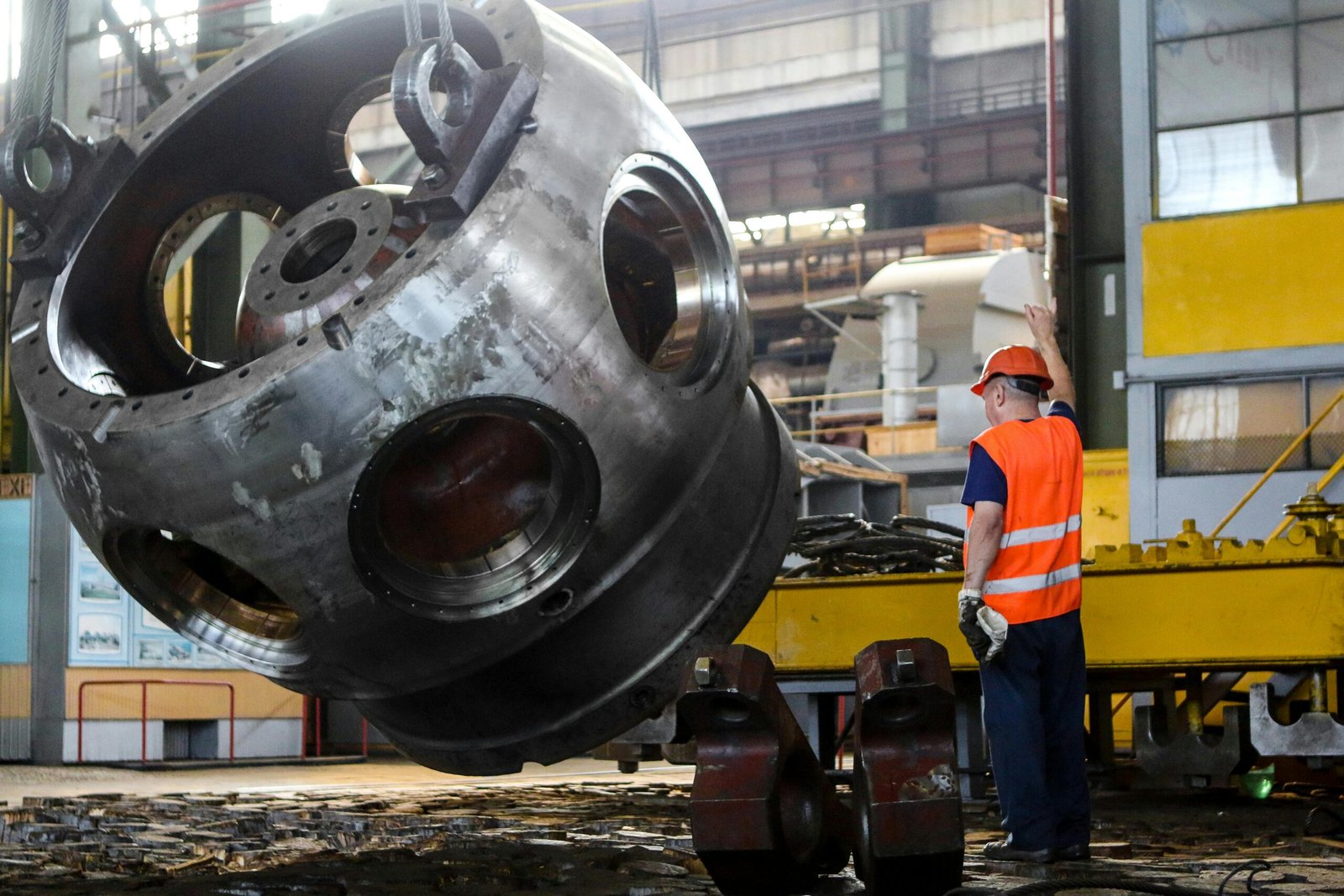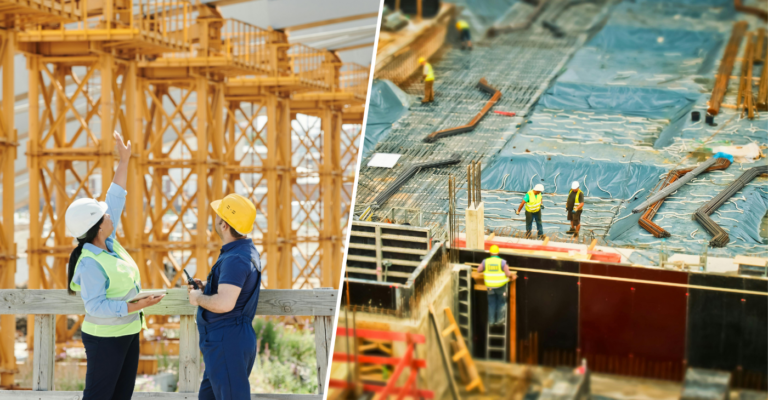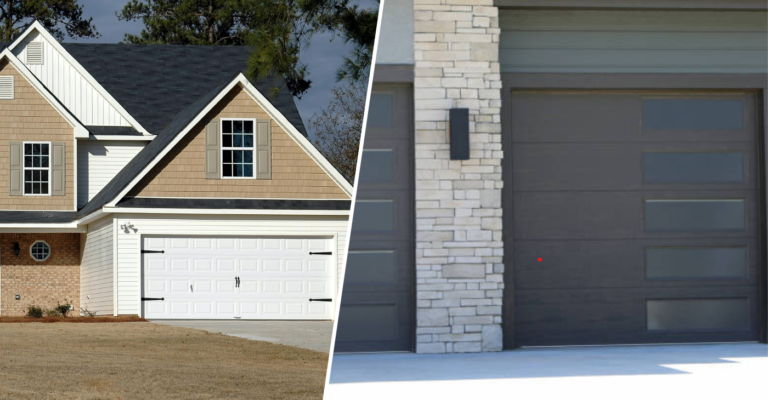A comprehensive guide to construction tools and equipment
Construction tools and equipment, these are the backbone of any building project. Whether it is small like a house renovation or a very big construction site. Enough knowledge of the various tools and machinery can go a long way in increasing the level of efficiency together with safety and the overall quality of the work itself. This textbook attempts to take the reader on an explorative journey through important tools and equipment used in the construction industry, offering insight into their functions, applications, and best practices of use.
For example, basic hand tools include hammers and screwdrivers, while other advanced tools and machinery include the likes of excavators and cranes. Knowing when and how to use those tools can make a vast difference in project timelines and outcomes. Whether you are a seasoned professional or a do-it-yourselfer, this guide will assist you in becoming familiar with much of the construction tools and equipment available so that you will be prepared for any project you take on.
Types of construction tools and equipment
When embarking on any construction project, having the right tools and equipment is crucial for efficiency, safety, and quality workmanship. Construction tools and equipment can be broadly categorized into several types based on their functions and usage. Here, we will explore the primary categories to give you a clear understanding of what each encompasses.
Hand tools
Hand tools are the most basic and essential tools in any construction toolkit. They are powered by human force rather than electricity or batteries and include a variety of implements used for cutting, shaping, and assembling materials. Some of the most common hand tools include: hammers, screwdrivers, wrenches, pliers etc.
Power tools
Power tools are indispensable in modern construction, providing speed and precision that hand tools alone cannot achieve. They are powered by electricity or batteries and include a wide range of equipment designed for various tasks: drills, saws, sanders, grinders etc.
Heavy equipment
For larger construction projects, heavy equipment is necessary to handle tasks that are beyond the capabilities of hand and power tools. These machines are typically used for earthmoving, lifting, and large-scale construction tasks, excavators, bulldozers, cranes, loaders etc.
Measurement and layout tools
Accuracy is paramount in construction, making measurement and layout tools critical for ensuring precision in all aspects of a project: Tape measures, levels, squares, marking tools etc.
Safety equipment
Safety should always be a top priority on any construction site. Personal protective equipment (PPE) and other safety tools help protect workers from potential hazards: Hard hats, safety glasses/goggles, gloves, hearing protection, respirators etc.
Characteristics of construction tools and equipment
The construction tools and equipment come in different forms, each fitting to undertake some specific tasks at the site. Knowledge of its feature is very important in order to choose the right tool for the job, proper safety, and the effective use of it. Important key features to consider are durability, functionality, ergonomics, and versatility.
Durability is a big concern in the sense that most construction environments are harsh and demanding. The tools and equipment need to be able to carry on withstanding heavy uses, exposure to elements, and accidental drops that happen from time to time. High-quality materials that go into these tools frequently include hardened steel, reinforced plastic, and corrosion-resistant alloys.
Functionality of a tool is the way it performs a function. A hammer should strike with proper force without much effort, and a saw should perform its work neatly and accurately. That is where the specialized features of tools come into play, for instance, settings or interchangeable parts, increasing their functionality by being adapted to quite different tasks.
Ergonomics plays a significant role in user comfort and safety. Tools that are well-designed will complement the natural grip and movement of the human hand, ensuring that less fatigue and a decreased risk of injury are involved. Usability factors include ergonomically designed handles, well-balanced weight distribution, and ease of control.
Versatility simply means that a given tool or piece of equipment can serve various functions. A good example is a multi-tool; it comes in one small size with several functions in it, so it’s really handy when doing some quick on-the-fly repair work. Larger types of equipment, like backhoes, most likely have plenty of attachments to allow for just about any function you can think of digging, lifting, etc.

Tips for maintaining construction equipment
Proper maintenance of construction equipment ensures their longevity, efficiency, and safety. Proper maintenance is very important in ensuring that the tools are safe and free from any technical malfunctions. Below are critical tips on how to maintain construction tools and equipment:
Regular cleaning: Clean tools and equipment regularly right after use to avoid wear and malfunction. Use mild soap for grime and compressed air for power tools.
Lubrication: The moving parts need to have enough lubrication at proper intervals so that the friction is reduced, thus allowing them to move smoothly. Leakage—if any—should be taken care of on time.
Inspection and adjustments: Regular and periodic inspection is necessary to observe the initial signs of wear and damage. Tighten loose parts, and observe safety features.
Sharpening and calibration: Keep tools like saws and drills sharp; otherwise, calibrate these tools often for safety and accuracy.
Storage: All the tools need to be stored where it is dry and under some form of climate control to prevent rust. The big equipment must be stored safely for them to be safe from theft and exposure to weather elements.
Training and documentation: The equipment operators should be trained in how to operate and maintain the in-use equipment. There are detailed maintenance records, which are kept for tracking and planning reasons.
Benefits of using construction tools and equipment.
Construction tools and equipment play a crucial role in the efficiency and quality of construction projects. Here are some key benefits of using them:
Enhanced efficiency – Construction tools and equipment are designed to streamline tasks and reduce manual labor. For example, power tools like drills and saws can complete tasks faster than traditional hand tools, saving time and increasing productivity on site.
Improved precision – Many modern construction tools are engineered for precise measurements and cuts, ensuring accuracy in building and assembly processes. This precision helps in achieving higher quality construction with minimal errors.
Safety enhancements – Properly maintained tools and equipment contribute to a safer work environment. For instance, using scaffolding and aerial lifts reduces the risk of falls compared to using ladders alone. Additionally, tools with built-in safety features minimize accidents and injuries.
Cost efficiency – While initial investment in tools and equipment can be significant, they often result in long-term cost savings. Efficient tools reduce labor costs and increase project turnaround, thereby improving overall profitability for construction companies.
Versatility and flexibility – Construction tools come in various types and sizes to meet diverse project needs. This versatility allows workers to adapt quickly to different tasks and project requirements without compromising on performance.
Enhanced worker morale – Providing workers with appropriate tools and equipment improves job satisfaction and morale. When equipped with reliable tools, workers can focus on their tasks without frustration, leading to a more positive work environment.
Environmental benefits – Some modern construction tools are designed to be more energy-efficient and environmentally friendly. For example, using electric-powered equipment reduces emissions compared to fuel-powered alternatives, contributing to a greener construction industry.

Factors to consider when buying construction equipment.
A few considerations need to be made while investing in construction equipment so that the money put in comes out to be of an appropriate value for the projects. Some of the important considerations are as follows:
Project Requirements: Analyze the specific needs of a project; the type, size, and capacity of equipment to execute the task effectively. Consider terrain conditions, project duration, and workload intensity.
Quality and reliability: Opt for equipment of good brands known for its quality, durability, and reliability. Quality construction equipment will last longer, work better in hostile working conditions, and thereby reduce the number of repairs made, which will eventually save on maintenance costs.
Budget and cost efficiency – Establish a budget that accounts for the initial purchase price, operational costs, maintenance, and potential resale value. Balance between upfront costs and long-term savings by investing in equipment that offers the best value for money over its lifespan.
Ease of maintenance – Opt for equipment that is easy to maintain and service. Check availability of spare parts, service centers, and manufacturer support. Equipment with accessible maintenance procedures reduces downtime and extends its operational life.
Cost-effectiveness and budget: Take into consideration the initial purchase price, operational costs, maintenance, and even the salvage or resale value. The upfront cost of equipment shall have a balance with savings over its lifespan.
Ease of maintenance: The preferable equipment to be procured should be easy to maintain and serviceable. Check availability of spare parts, service centers, and manufacturer support. Equipment with easy-to-achieve maintenance procedures greatly reduces downtime and extends the equipment’s life.
Fuel efficiency and environmental impact: Evaluate the fuel efficiency of equipment to minimize operation costs and reduce the environmental footprint. Select equipment with eco-friendly technologies, which meet emission standards for sustainable construction practices.
Resale value – Determine the potential resale value of the equipment. Select models that are in higher demand or have better resale values in the market, so you can later recoup much of your investment when you upgrade or replace the said equipment.
Training and support – You should also take into account whether there are training programs as well as technical support from the manufacturer or equipment dealer. Operators who are properly trained will be more efficient in the use of the equipment and will tend to extend the machine’s life by proper usage.
Conclusion
Any building project, from the smallest home renovation to the largest construction site, can scarcely be completed without knowledge of the broad range of building tools and equipment. This text has presented a broad overview of most basic to advanced tools and machinery, stating their respective applications and how they are best used. The selection and application of tools should be done appropriately, ensuring their maintenance to achieve desired work quality, efficiency, and safety. Professionals and DIY enthusiasts can therefore use highly developed, multipurpose, and well-serviced tools to deliver on their projects with high-quality outcomes in terms of deliverables, safety, and cost efficiency. With the increasing advancement in technology, being knowledgeable about the newest tools and equipment will keep any person at pace with his endeavors in the construction field.







